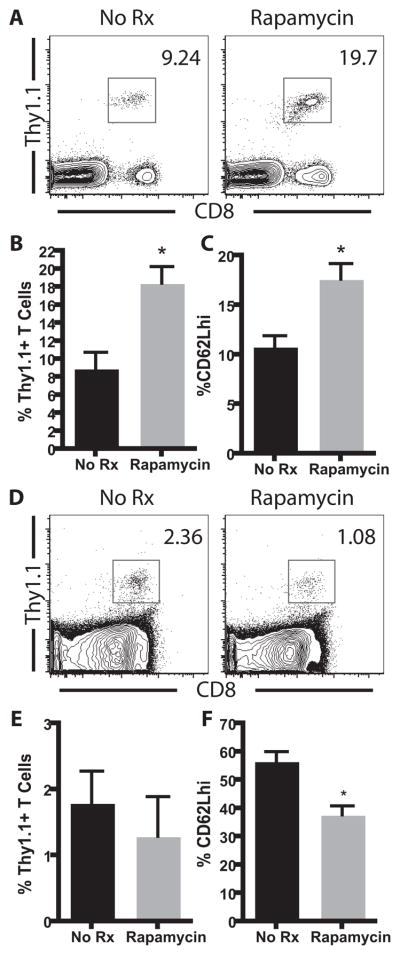Figure 1. Rapamycin enhanced the antigen-specific T cell response to OVA in the context of a bacterial infection but not a transplant.
A–C, 104 Thy1.1+ OT-I T cells were adoptively transferred into naïve B6 recipients, which were then infected with 104 CFU of OVA-expressing LM-OVA. Rapamycin was administered intraperitoneally in 500 μl of sterile PBS from days 0–10 post-infection. Analysis of splenocytes indicated that the day 10 frequency (A, B) or % CD62Lhi (C) of the donor-reactive CD8+ population was significantly increased in the rapamycin treated recipients(p<0.005). D–F, 106 Thy1.1+ CD8+ OT-I and CD4+ OT-II T cells were adoptively transferred into B6 recipients two days prior to receiving an OVA-expressing skin graft in the presence or absence of rapamycin. Analysis of splenocytes indicated that the day 10 frequency (D, E) or % CD62Lhi (F) of the donor-reactive CD8+ population was not increased in the rapamycin treated recipients. Results are cumulative analyses of three independent experiments with five mice per treatment group.

